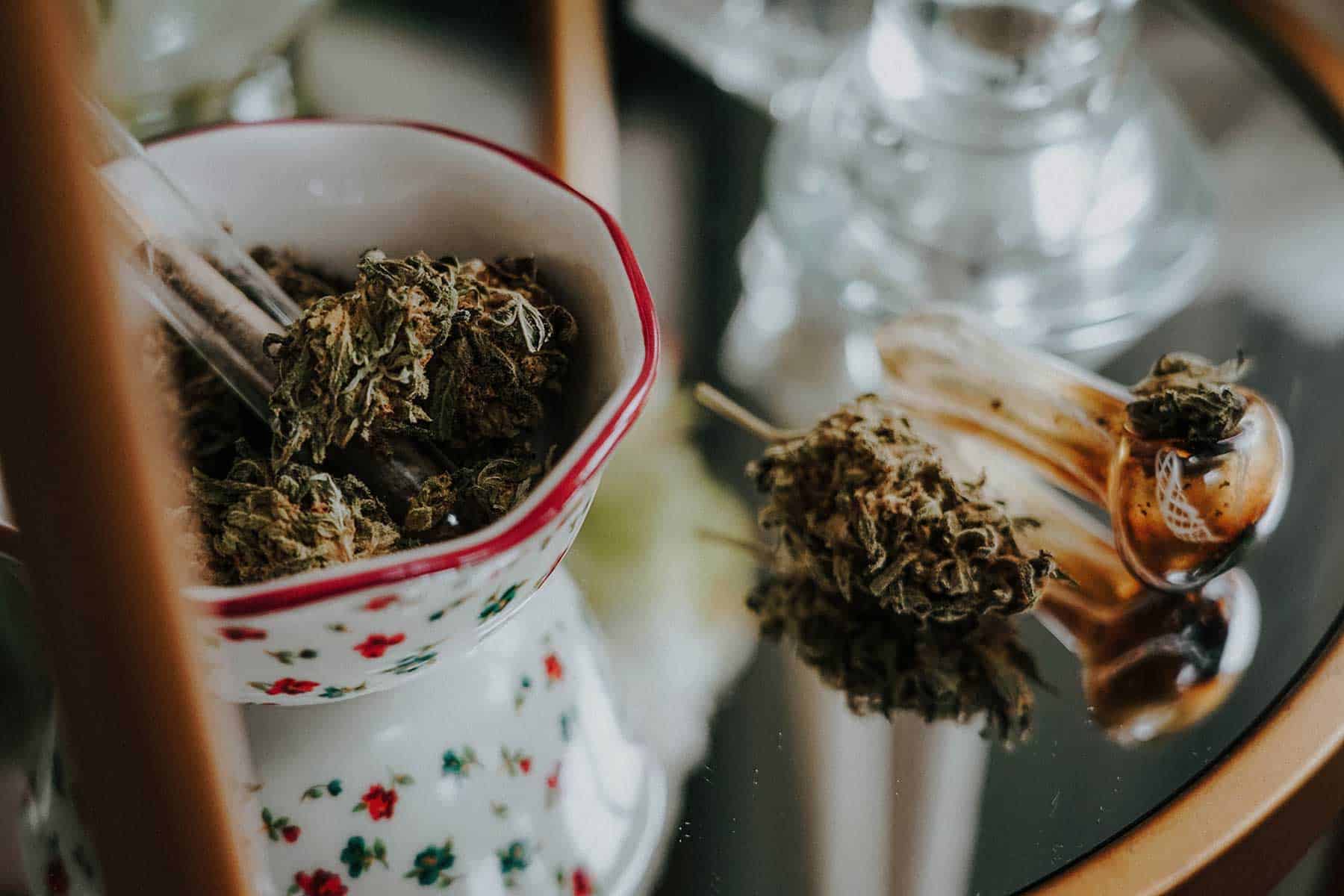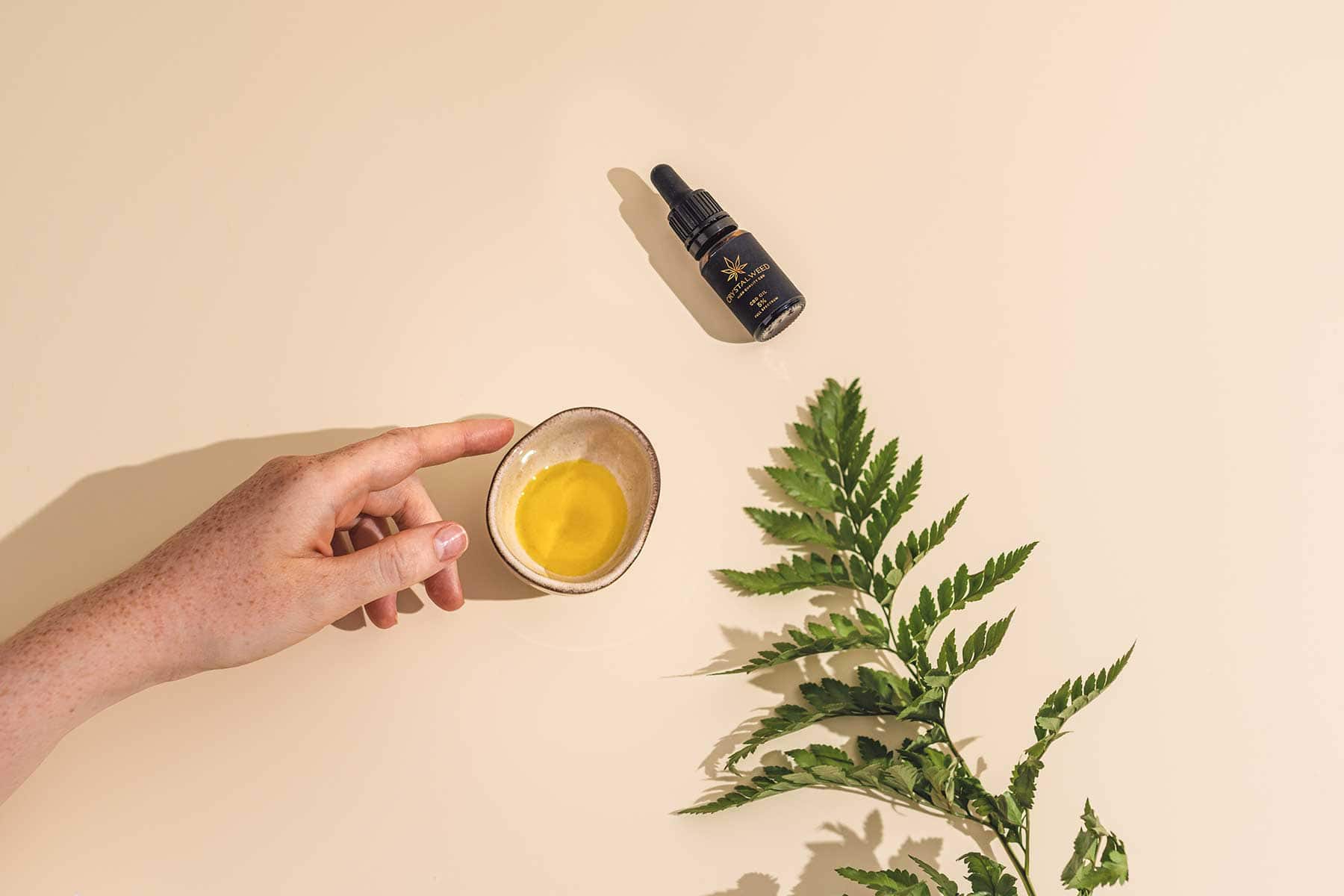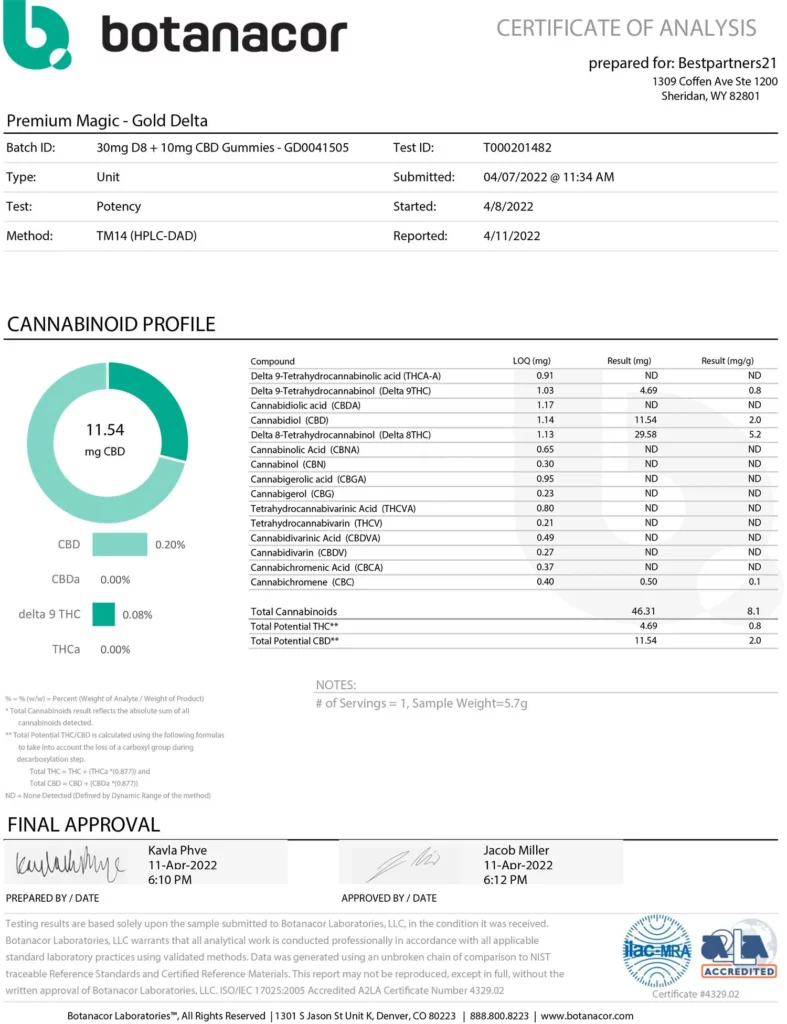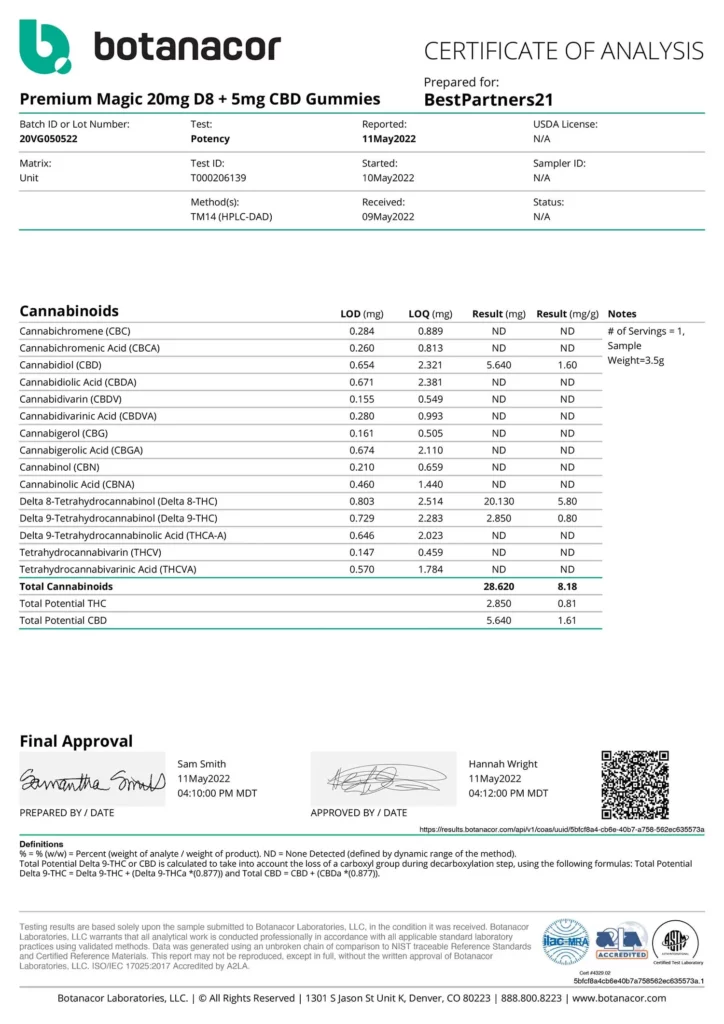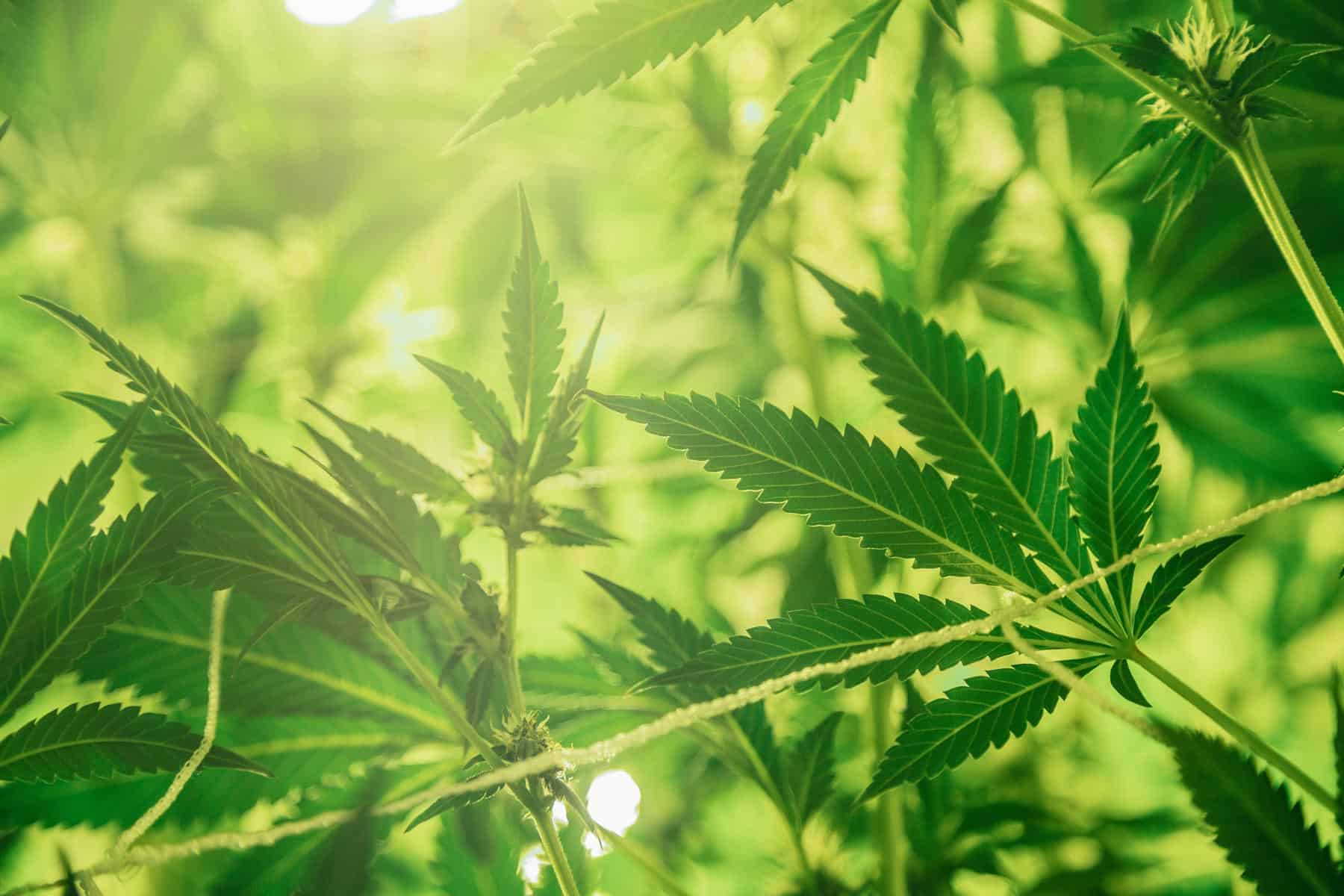
How to Cultivate Your Own Cannabis at Home: A Beginner’s Guide of Cannabis Cultivation

The journey of cultivating your own cannabis cultivation at home may seem daunting, but with the right guidance, even the most novice gardener can successfully grow their very own cannabis plants. In this comprehensive guide, we will delve into the nitty-gritty details of home cannabis cultivation, from the preliminary setup to the final harvest.
Selecting the Right Cannabis Strains
When embarking on the rewarding journey of home cannabis cultivation, selecting the right strain is your crucial first step. This decision determines not only the flavor and potency of your harvest but also influences the cultivation process itself. With thousands of strains available, each bearing its unique blend of characteristics, the selection process might seem overwhelming. In this section, we’ll guide you through this crucial decision, ensuring you choose a strain that aligns perfectly with your needs and resources.
Understanding the Different Types of Strains
Cannabis cultivation strains fall into three broad categories: Sativa, Indica, and Hybrid. Sativa strains are known for their invigorating cerebral effects, making them suitable for daytime use. Indica strains, on the other hand, tend to be more relaxing and sedating, often recommended for evening use or medicinal purposes. Hybrid strains, as the name suggests, are a blend of Sativa and Indica strains, providing a balance of effects.
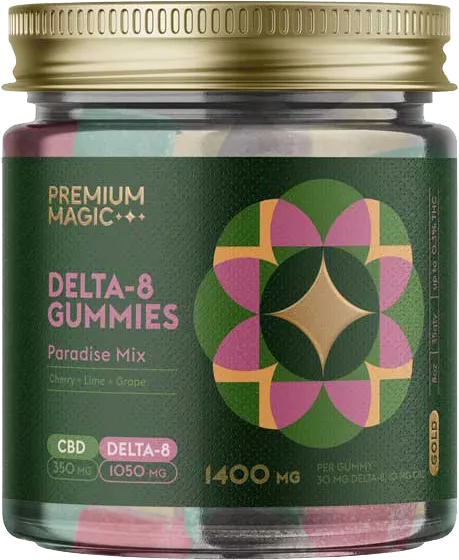
Delta-8 Gummies – Gold Paradise Mix
Original price was: $82.99.$38.99Current price is: $38.99.
Or Subscribe and Save 30%
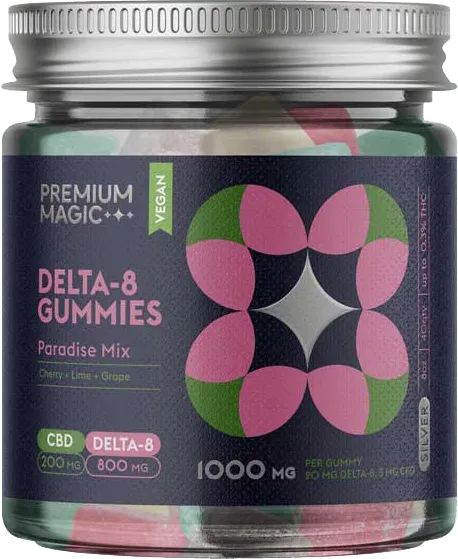
Silver Paradise Mix
Original price was: $68.99.$33.99Current price is: $33.99.
Or Subscribe and Save 30%
Identifying Your Personal Preferences
Your personal preference plays a significant role in selecting the right cannabis strain. Are you looking for a strain that provides a burst of energy and creativity? Or perhaps you seek a strain that can help you relax and sleep better at night? Asking yourself these questions will guide you towards a strain that suits your needs.
Considering the Growing Conditions
Apart from personal preference, you also need to consider the growing conditions you can provide. Some strains are more forgiving to the novice grower, whereas others demand more attention and specific conditions to thrive. Strains also vary in their resistance to pests, mold, and diseases, an important factor when cultivating cannabis cultivation at home.
Consulting Reputable Seed Banks
Lastly, a visit to a reputable seed bank can provide valuable insight and guidance in choosing the right cannabis strain. These establishments offer an array of seeds from various strains, often complete with detailed descriptions and cannabis cultivation information. Leveraging this resource allows you to make an informed decision, ensuring a successful home cannabis cultivation journey.
Selecting the right cannabis strain might appear daunting, but with careful consideration of your personal preferences and available growing conditions, you can find a strain that will yield a satisfying and rewarding harvest.
Setting up Your Cannabis Cultivation Space
Once you’ve decided on a strain, the next step is to set up your cannabis cultivation space. The space you select for this purpose plays a critical role in the success of your endeavor. A properly configured cannabis cultivation space can drastically enhance your plant’s growth and yield. Whether you are using a spare room, a closet, or building a grow tent, the key is to design and set up this space effectively. In this section, we will delve into the factors you need to consider when setting up your cannabis cultivation space.
Choosing Your Grow Space
The first step is determining where to grow your cannabis cultivation plants. You may opt for an indoor room, a basement, a closet, or even a cabinet. Alternatively, a dedicated grow tent or greenhouse can provide a controlled environment, conducive for cannabis cultivation. The choice is dictated by your space availability, budget, and the number of plants you plan to cultivate.
Choosing Soil or Hydroponics?
For beginners, soil is often the go-to medium for cannabis cultivation. It is more forgiving than hydroponics, especially for beginners. However, hydroponic systems can allow for faster growth and larger yields if managed correctly.
Ensuring Proper Ventilation
Ventilation is a critical aspect of your cannabis cultivation space. Cannabis cultivation plants require a constant supply of fresh air to thrive. Proper ventilation not only helps to regulate the temperature and humidity but also ensures the plants have access to carbon dioxide necessary for photosynthesis. This could involve setting up fans, ducting, and possibly carbon filters if odor control is a concern.
Lighting Your Grow Space
Your plants’ growth and the eventual yield will largely depend on the lighting in your grow space. Different types of grow lights are available, including HID (High-Intensity Discharge) lights, LED (Light Emitting Diode) lights, and CFL (Compact Fluorescent Lamp) lights. Each has its pros and cons, and your choice will depend on factors like cost, energy efficiency, and heat production.
Controlling Temperature and Humidity
Temperature and humidity are critical factors that affect cannabis plant growth. Maintaining the right temperature and humidity levels in your grow space can mean the difference between a healthy yield and a failed one. Too high or too low temperatures and humidity levels can lead to slow growth, poor yield, or even disease and pest infestations.
Setting Up Irrigation Systems
While it’s possible to hand-water your cannabis plants, setting up an irrigation system can make your job easier and more efficient, especially if you have a larger grow space. These systems can range from simple drip systems to more advanced hydroponic setups.
Watering Your Cannabis Plants
Watering is crucial, but it’s also an area where many beginners falter. Overwatering is a common mistake that can lead to root rot and other problems. The key is to maintain a wet-dry cycle, watering the plants thoroughly and then allowing the soil to dry out before watering again.
Nutrients and Fertilizers
Just like any other plant, cannabis requires a balanced diet of nutrients and fertilizers to grow strong and yield a bountiful harvest. In the world of cannabis cultivation, understanding the nutrient requirements of your plants and how to effectively supply them is a crucial part of the equation. In this section, we will take a closer look at the nutrients and fertilizers vital to the growth of your cannabis plants.
Primary Nutrients: N-P-K
When it comes to plant nutrition, three nutrients stand out as the most important: Nitrogen (N), Phosphorus (P), and Potassium (K). These primary nutrients, often referred to as N-P-K, play a central role in plant growth and development.
- Nitrogen (N) is the key player during the vegetative stage, promoting healthy leaf and stem growth.
- Phosphorus (P) is crucial for the development of roots, flowers, and seeds.
- Potassium (K) helps in the overall functioning of the plant, including the regulation of CO2 uptake, water, and nutrient transportation.
Secondary Nutrients and Micronutrients
Apart from the primary nutrients, cannabis plants also require secondary nutrients and micronutrients, albeit in smaller quantities.
- Secondary nutrients include Calcium (Ca), Magnesium (Mg), and Sulfur (S). They play essential roles in various metabolic processes and structural functions within the plant.
- Micronutrients, such as Iron (Fe), Manganese (Mn), Zinc (Zn), Copper (Cu), Molybdenum (Mo), and Boron (B), though required in trace amounts, are vital for the overall health and development of the plant.
Choosing the Right Fertilizer
Selecting the right fertilizer is crucial to providing your cannabis plants with these necessary nutrients. Fertilizers come in different forms, including granular, liquid, and slow-release pellets. They also vary in their N-P-K ratios, and the choice depends on the growth stage of the plant.
During the vegetative stage, a higher nitrogen content is preferable, while the flowering stage requires higher phosphorus and potassium content. Always remember to follow the manufacturer’s instructions when applying fertilizers, as too much can harm your plants.
Understanding pH and Nutrient Availability
The pH level of your soil or hydroponic solution greatly affects nutrient availability. Most nutrients are readily available at a slightly acidic pH (6.0-7.0 for soil and 5.5-6.5 for hydroponics). Therefore, regular pH testing and adjustments are necessary to ensure optimal nutrient uptake.
Harvesting Your Cannabis
After investing weeks in nurturing your cannabis plants, the time finally arrives for the most anticipated moment – harvesting. Harvesting your cannabis at the right time ensures that you capture the plant’s maximum potency and flavor. In this section, we delve into the crucial steps involved in harvesting your cannabis and tips to ensure you get the most from your homegrown cannabis plants.
Identifying the Right Time to Harvest
Identifying the optimal time to harvest is the first and perhaps the most important step in the harvesting process. Harvesting too early can result in less potent buds, while harvesting too late can lead to a degradation of THC into CBN, which results in a sedative effect.
To determine the best time to harvest, you’ll need to observe your plant’s trichomes, the tiny, mushroom-like structures on the buds and leaves of the plant. You can use a jeweler’s loupe or a digital microscope to get a closer look.
Clear trichomes indicate that the plant is not yet ready for harvest, while a mix of clear and cloudy trichomes suggests that the plant is at peak THC levels. When most trichomes have turned amber, the plant is past its peak THC potency and is producing higher levels of CBN.
Cutting Down Your Plants
Once you’ve determined that your cannabis plants are ready for harvest, the next step is to cut down your plants. It is usually recommended to cut the plant at the base and remove large fan leaves. You can then cut individual branches for easier handling.
Trimming Your Cannabis
Trimming involves removing the sugar leaves that surround the buds. These leaves contain fewer trichomes than the buds and can have a harsh taste when smoked. Trimming can be done wet (immediately after cutting the plant) or dry (after drying the buds). Wet trimming is easier, but dry trimming can help slow down the drying process and improve flavor.
Drying and Curing Your Cannabis
After trimming, the buds need to be dried in a controlled environment. This usually takes about 7-14 days. Once the buds are dried, they should be cured in airtight jars. Curing helps to break down chlorophyll and significantly enhances the flavor and quality of the buds. It also allows for a smoother smoke.
The Final Thought
Cultivating your own cannabis at home is a rewarding endeavor that allows you to have full control over your cannabis consumption. With patience, attention to detail, and the right knowledge, you can grow high-quality cannabis that rivals, and sometimes exceeds, the quality of commercially grown strains.
Remember that the learning curve might be steep, but with every cycle, you’ll become more proficient and better able to manage the various aspects of home cannabis cultivation.



